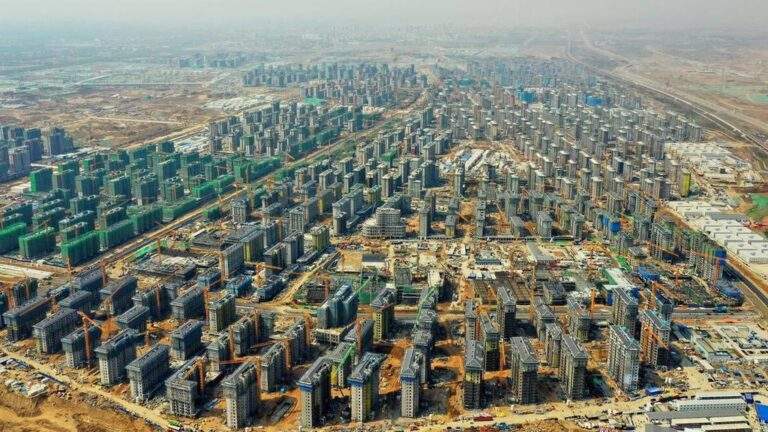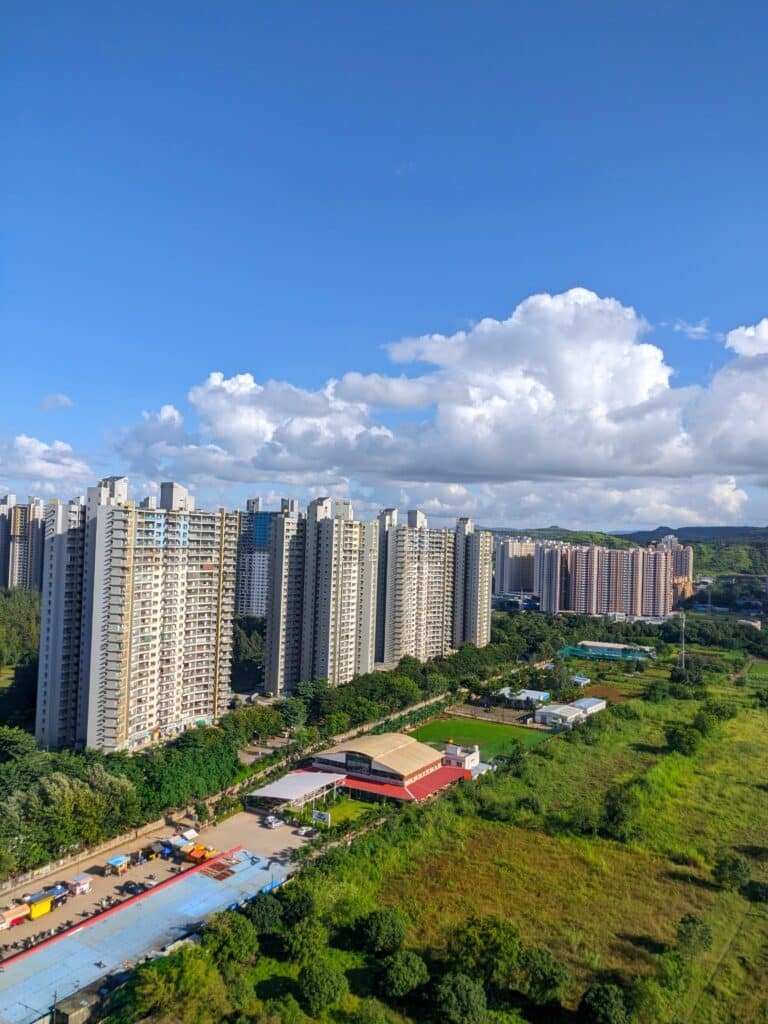In light of the need to reaffirm collective memory and reflect on history, the “Thomas Sankara Memorial” project has emerged in Ouagadougou, the capital of Burkina Faso, as an effort to revive the memory of the revolutionary leader who profoundly influenced regional politics and social transformations.
1. Historical Context and Location
The project is situated on the site where Thomas Sankara and his comrades were assassinated in 1987, adding a significant historical dimension. This location serves as a pivotal point for reflecting on historical tragedies and fostering necessary community dialogues for a renewed foundation.

2. Architectural Design Concepts
2.1 The Height and the Ascending Path
The design features an 87-meter tall tower, from which a spiralling path ascends, representing an intellectual and symbolic journey upward. The path allows visitors to enjoy views of the city, with alternatives provided via a suspended funicular system to ensure easy access for everyone.
“The design aims to provide an interactive experience that guides the visitor through different stages reflecting the journey of transformation and resistance.”
2.2 Integration with Nature and Water Elements
The project reflects an integration of design with the surrounding environment, with water elements creating a space for contemplation and tranquillity while emphasising the relationship between the site and its history. This integration aims to foster a connection between visitors and both the natural and social surroundings while honouring Thomas Sankara’s legacy.
“Water elements are used to impart a contemplative character to the site, enhancing the dialogue between the present and the past.”

2.3 The Service Network and Multi-purpose Spaces
The project includes a range of public facilities such as a media library, workshops, restaurants, and offices, which form an interconnected network providing a space for encounters and the exchange of experiences and ideas among project visitors and the local community.
“Diversifying the programs and facilities within the monument opens up horizons for community interaction and the exchange of knowledge.”
3. Social and Cultural Dimensions
The project carries a purely cultural dimension that goes beyond mere architectural representation, as it seeks to open dialogue about the paths taken by the people in their quest for social justice, as well as educational and agricultural independence. The design is presented as a space for gathering and learning rather than just commemoration or glorification.

4. Collaboration and Execution
A team of engineers and architects led by Francis Kéré and Jeanne Autran-Edorh manages the project. They actively coordinate with governmental bodies and international committees to ensure the project satisfies local development requirements and community needs, thereby continuing the spirit of collaboration that Thomas Sankara championed.
5. Implementation Stages and Future Expectations
The implementation began with the first phase, which involves constructing the mausoleum, expected to be completed in the first half of 2025. The remaining stages are under planning to create a sustainable space for cultural, social, and community events, with an emphasis on integrating natural ventilation techniques and eco-friendly design. This falls in line with the visionary aspirations of Thomas Sankara.

Summary Table of the Project
| Item | Details |
|---|---|
| Location | Ouagadougou, Burkina Faso |
| Area | 9,760 square meters |
| Central Element | 87-meter tall tower |
| Main Features | Spiraling path, water area, network of public facilities |
| Core Concept | Creating an interactive space for memory and community dialogue |
| Execution Team | Led by Francis Kéré and Jeanne Autran-Edorh with a multidisciplinary team |
| First Stage | Construction of the mausoleum, expected to finish in early 2025 |







